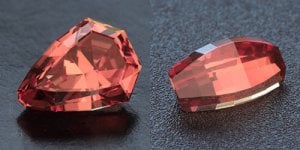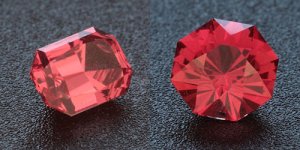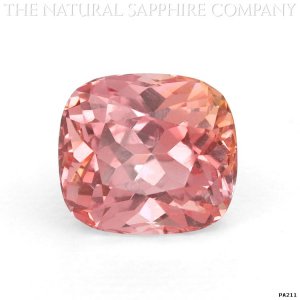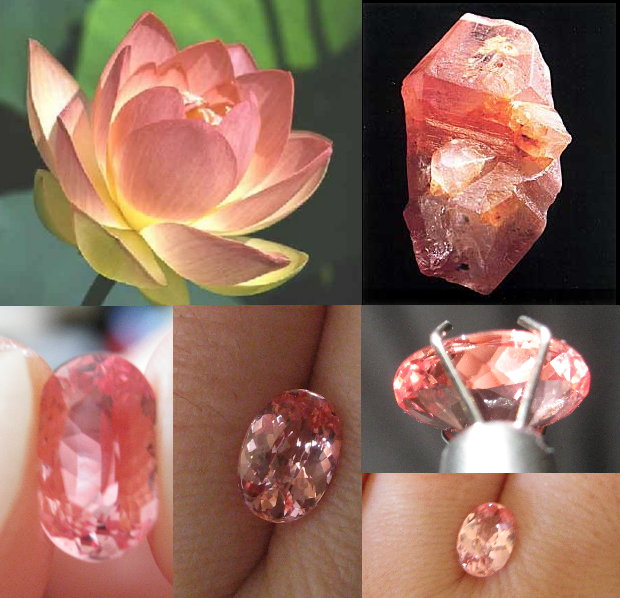Kashmira
Shiny_Rock
- Joined
- Aug 16, 2009
- Messages
- 147
I have been looking at some pictures of padparadscha sapphires (just for fun!) now have some questions:
* I realize that padparadschas seem to vary A LOT in colour- from very very pale to a quite "hot" pink-orange colour. What shade is considered to be the "best"? What is the perfect "mix" of pink/orange?
* From where do the "best" padparadscha sapphires come? Ceylon or Tanzania? Are padparadscha sapphires found also in other countires?
* If a padparadscha is heated, does it have a big impact of its value?
* Can anyone show pictures of a "perfect" coloured padparadscha?
* Can anyone show pictures of a sapphire that is too pink for being a padparadscha? (but still pretty close in colour)
Also if someone could let me know how I can insert a picture here I would be very happy!
I am sorry for all "newbie" questions!
* I realize that padparadschas seem to vary A LOT in colour- from very very pale to a quite "hot" pink-orange colour. What shade is considered to be the "best"? What is the perfect "mix" of pink/orange?
* From where do the "best" padparadscha sapphires come? Ceylon or Tanzania? Are padparadscha sapphires found also in other countires?
* If a padparadscha is heated, does it have a big impact of its value?
* Can anyone show pictures of a "perfect" coloured padparadscha?
* Can anyone show pictures of a sapphire that is too pink for being a padparadscha? (but still pretty close in colour)
Also if someone could let me know how I can insert a picture here I would be very happy!
I am sorry for all "newbie" questions!














300x240.png)